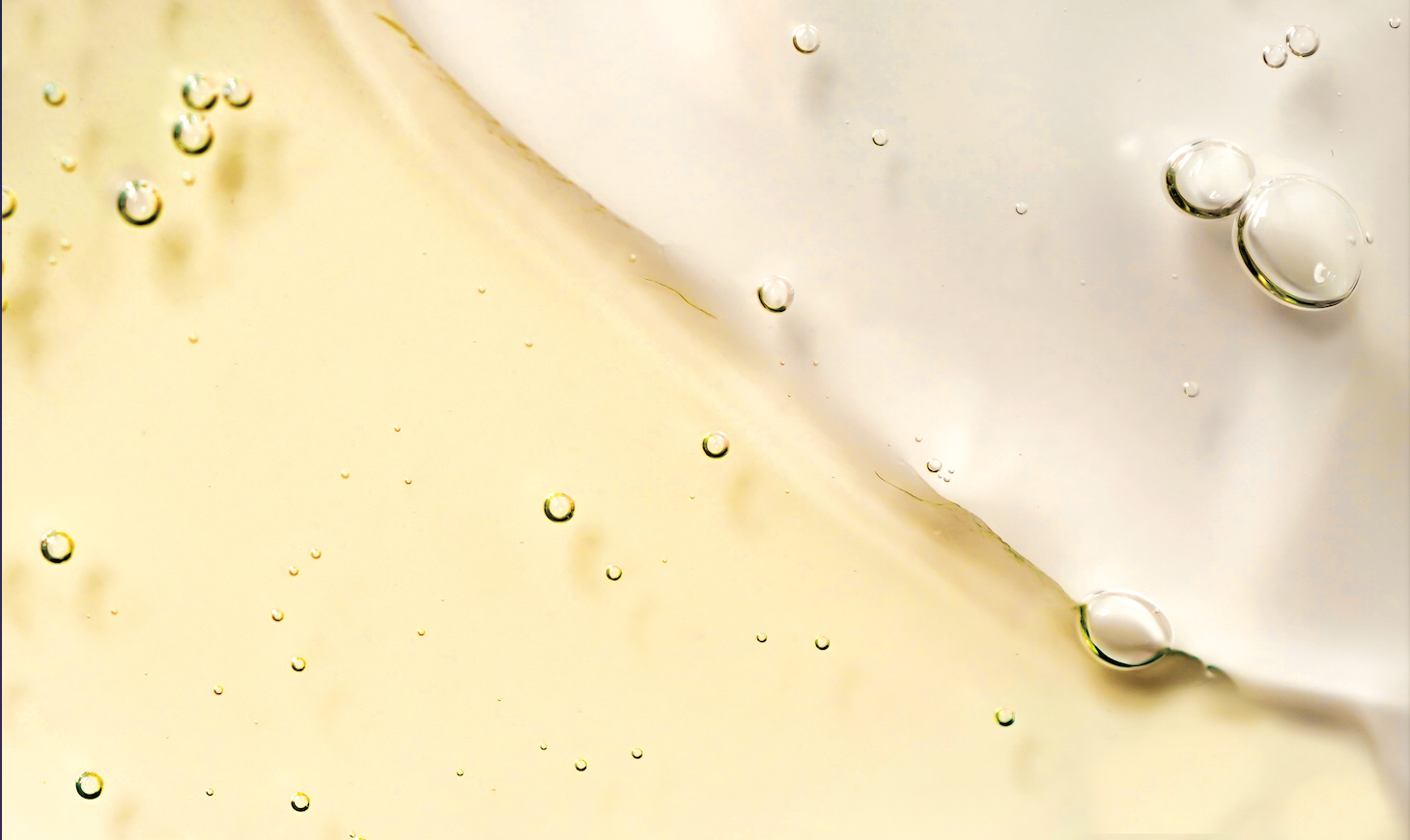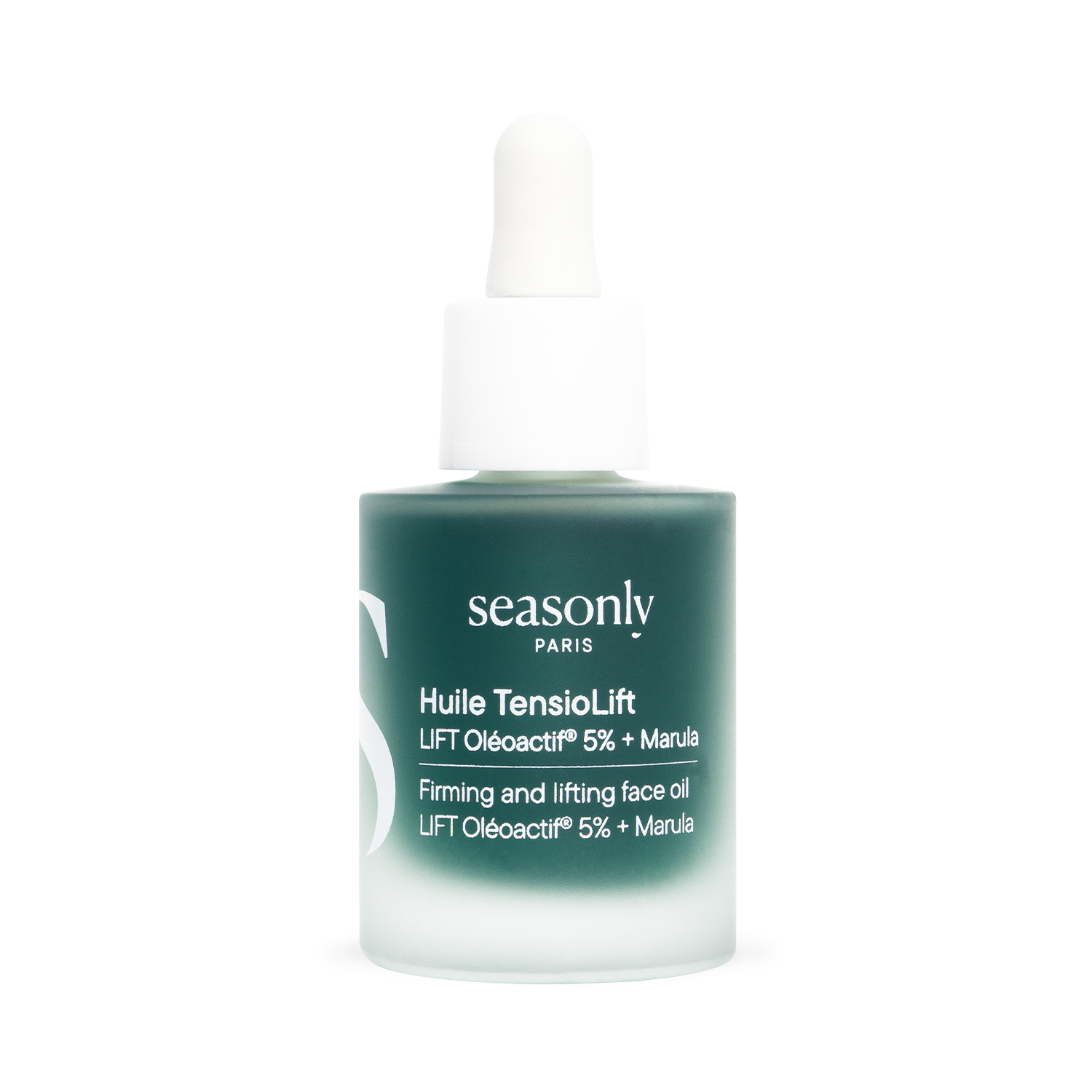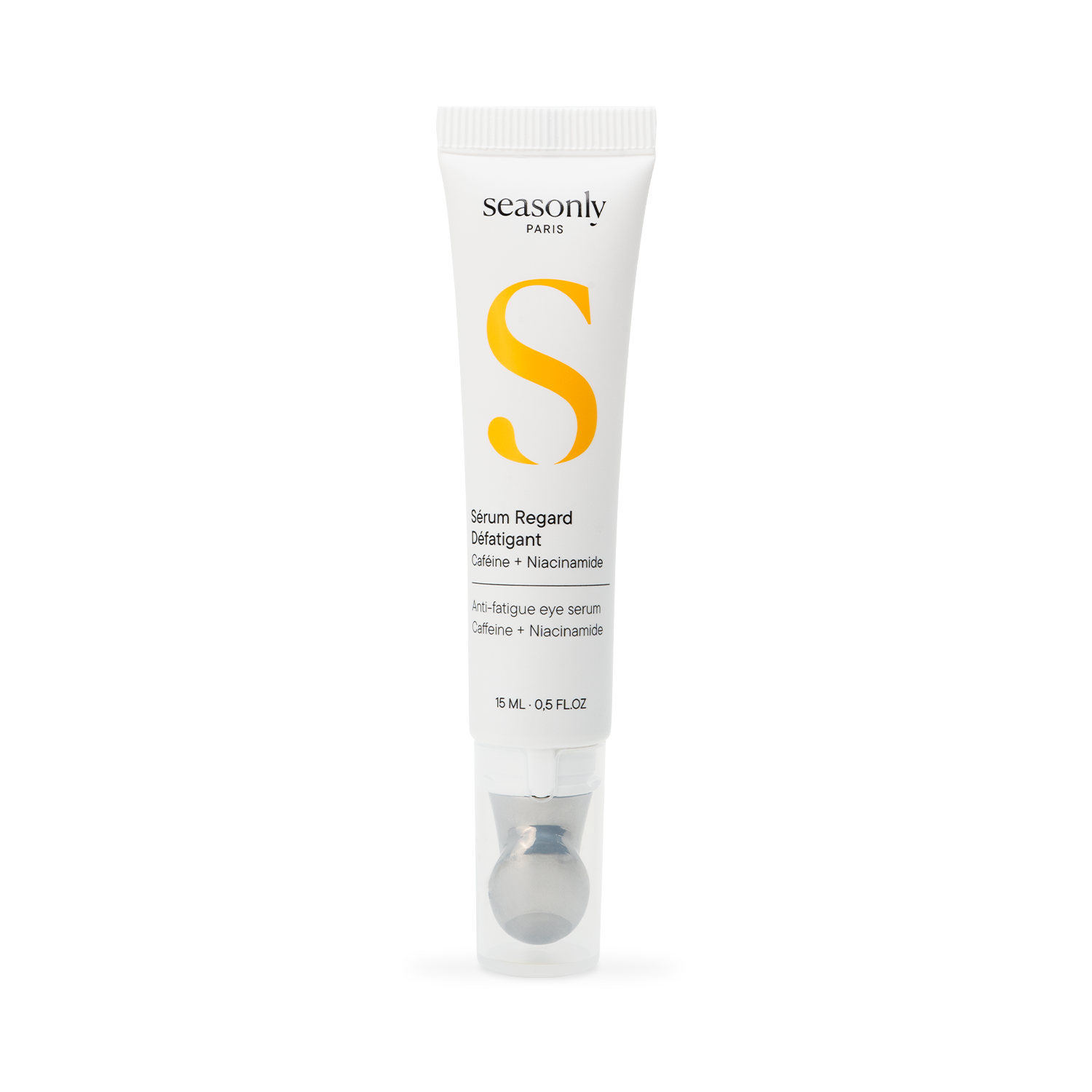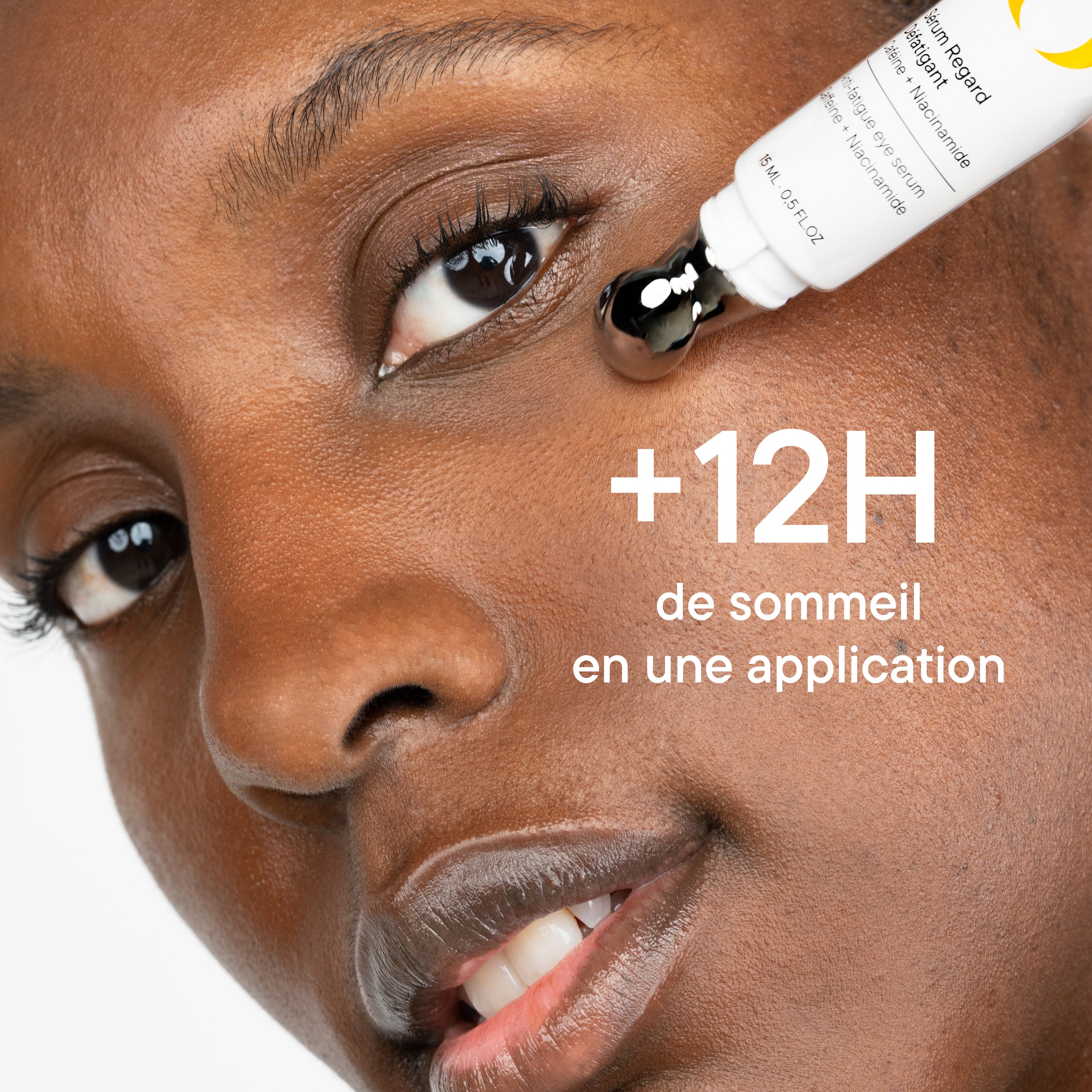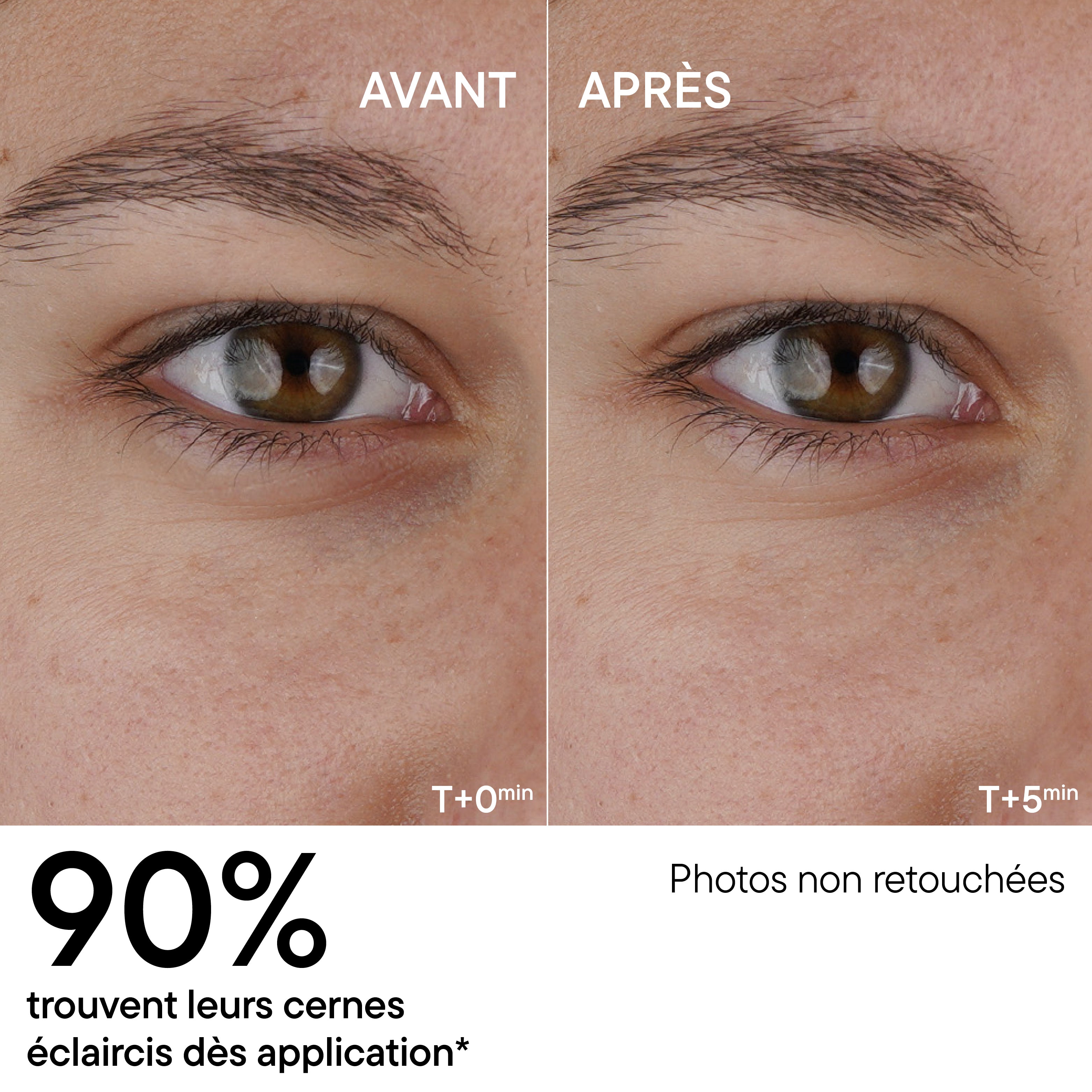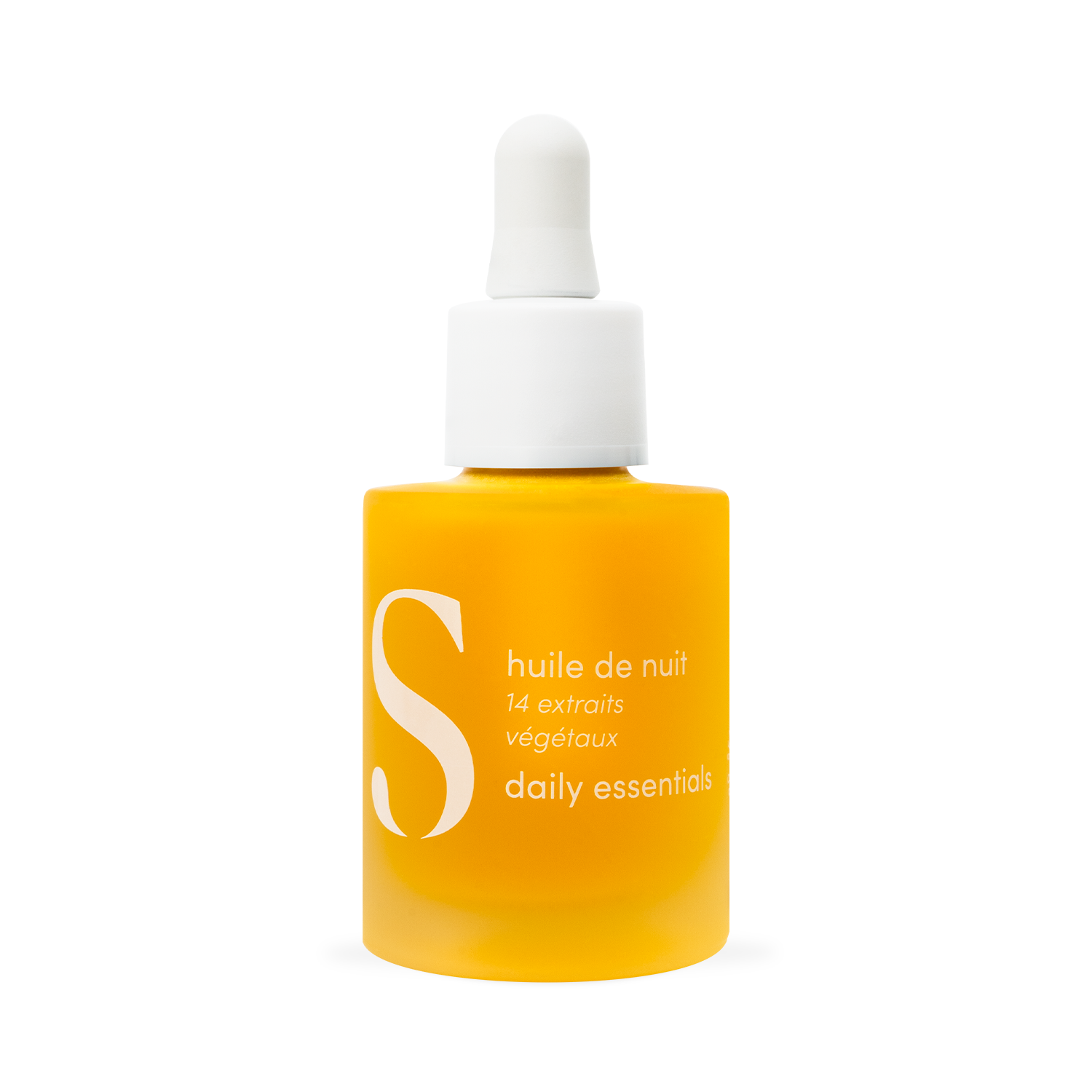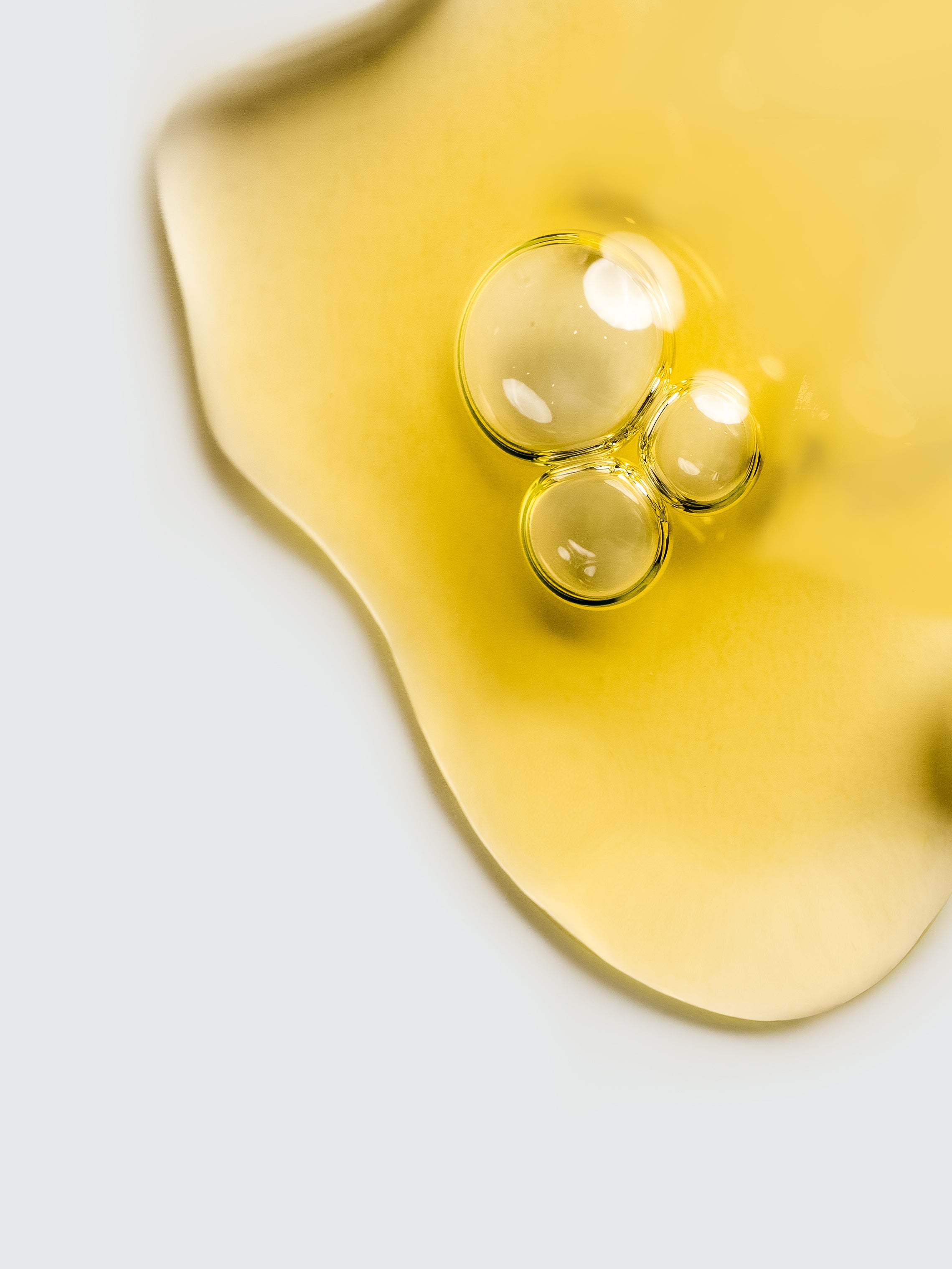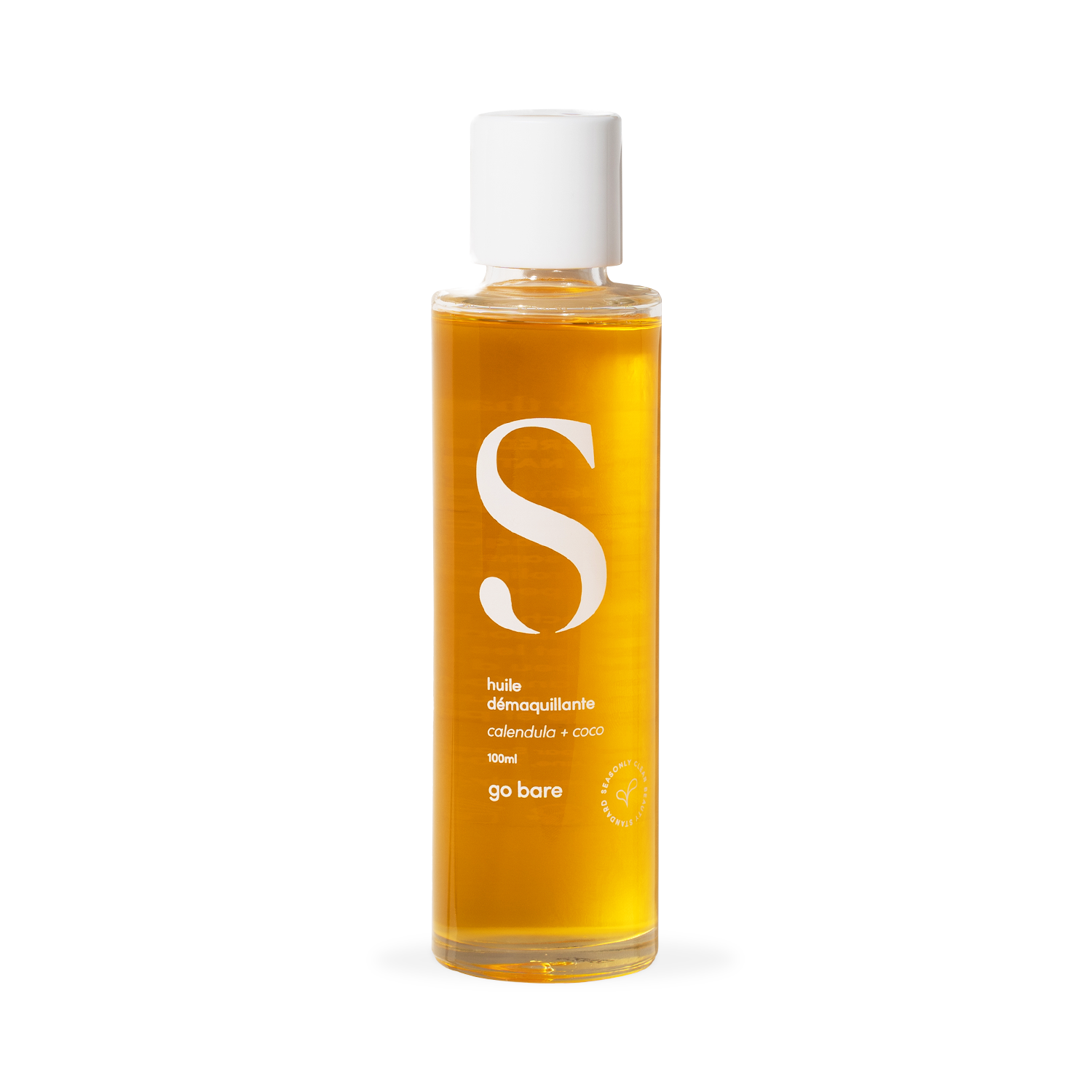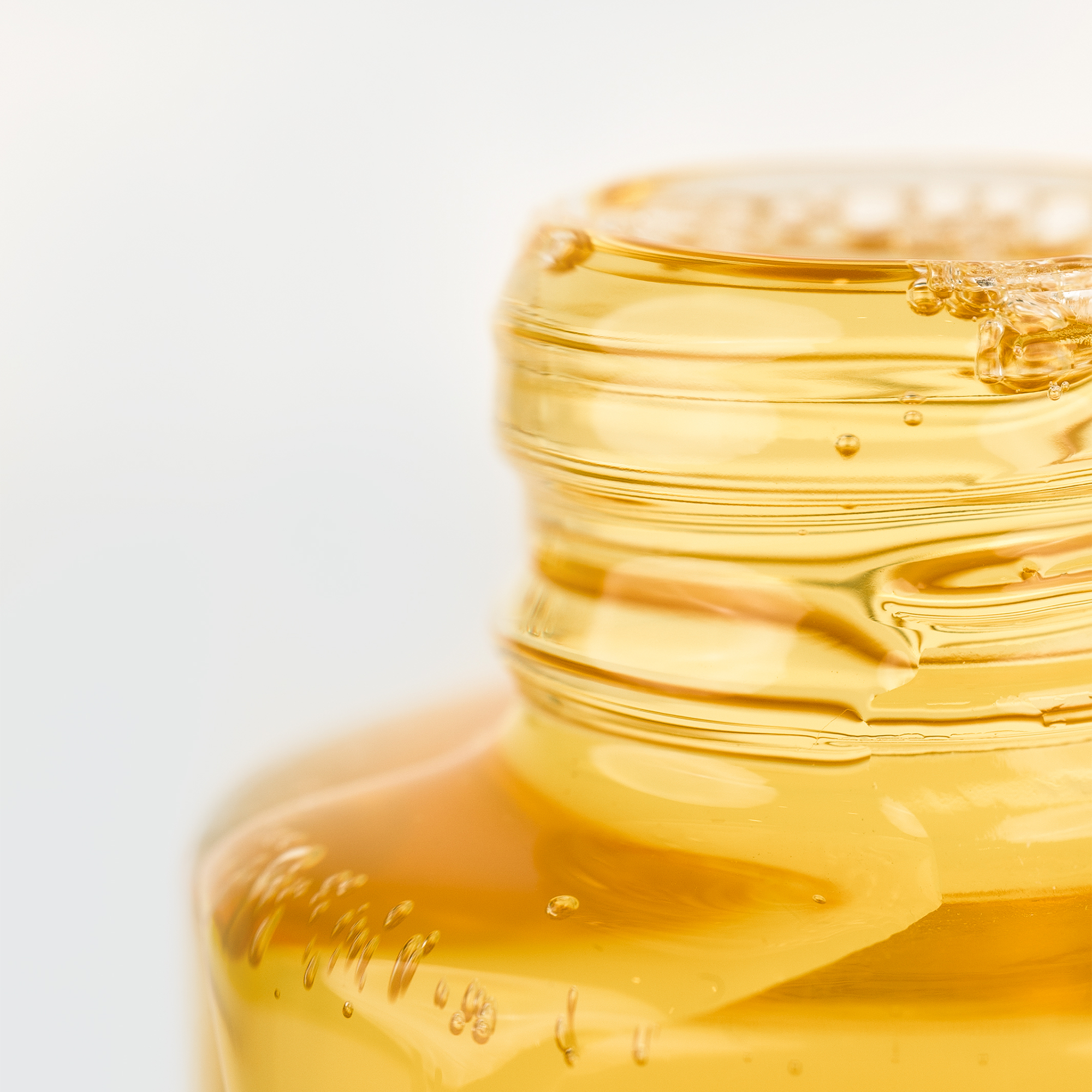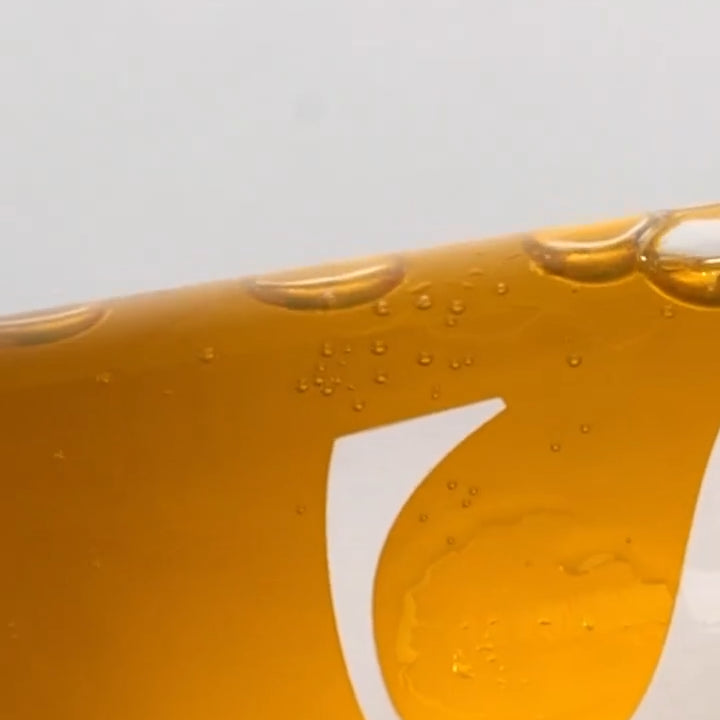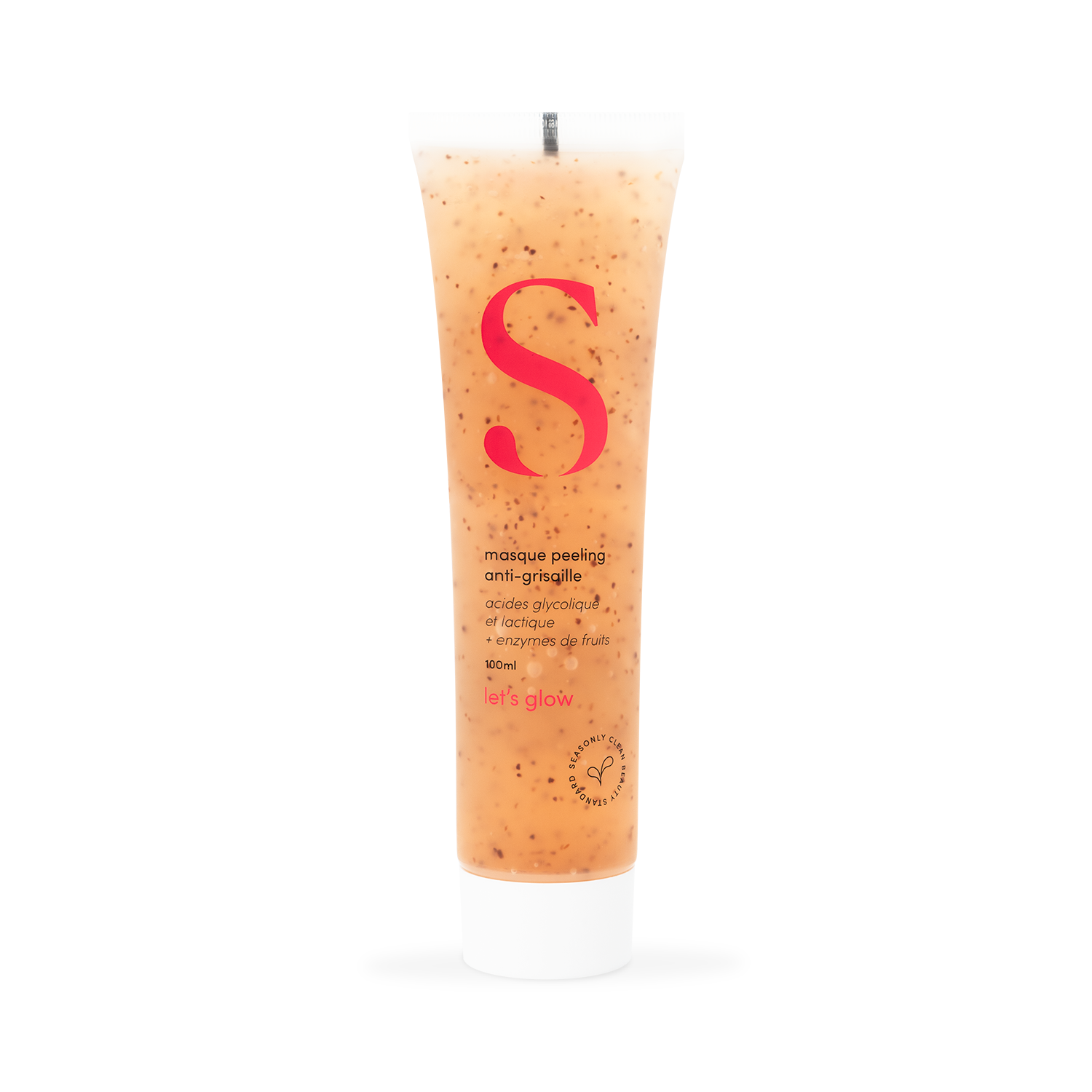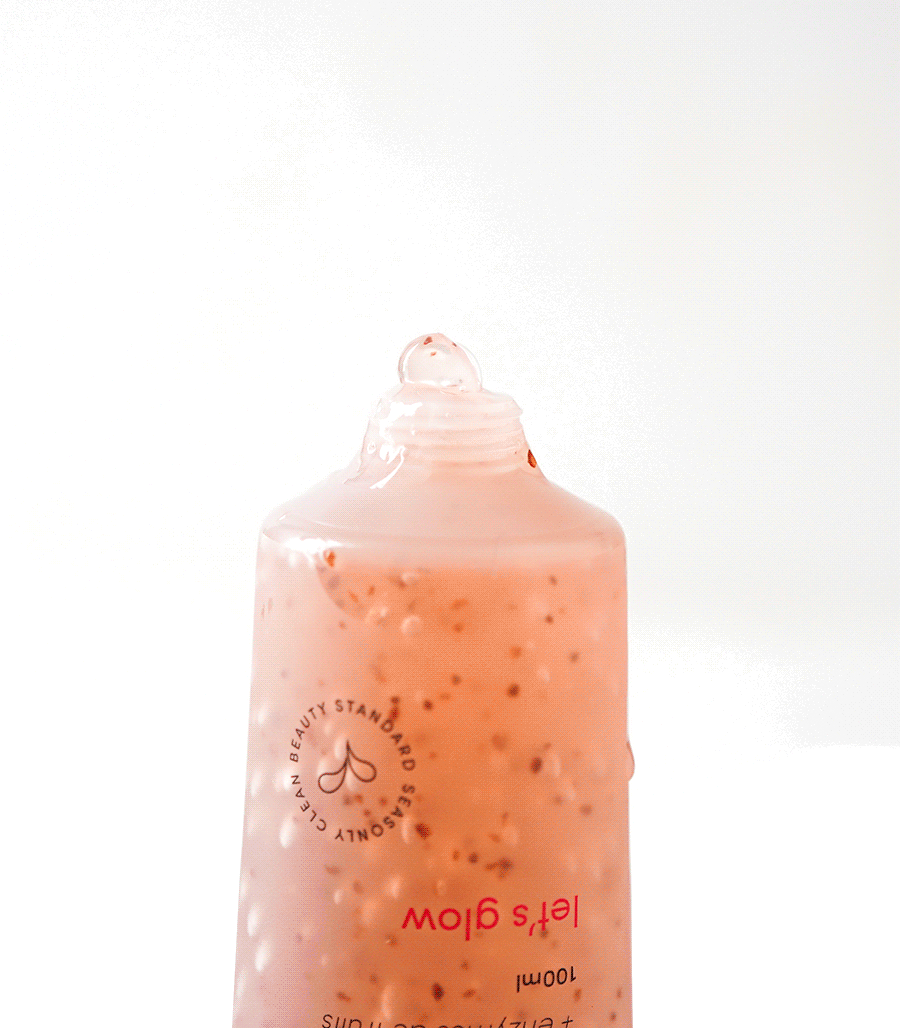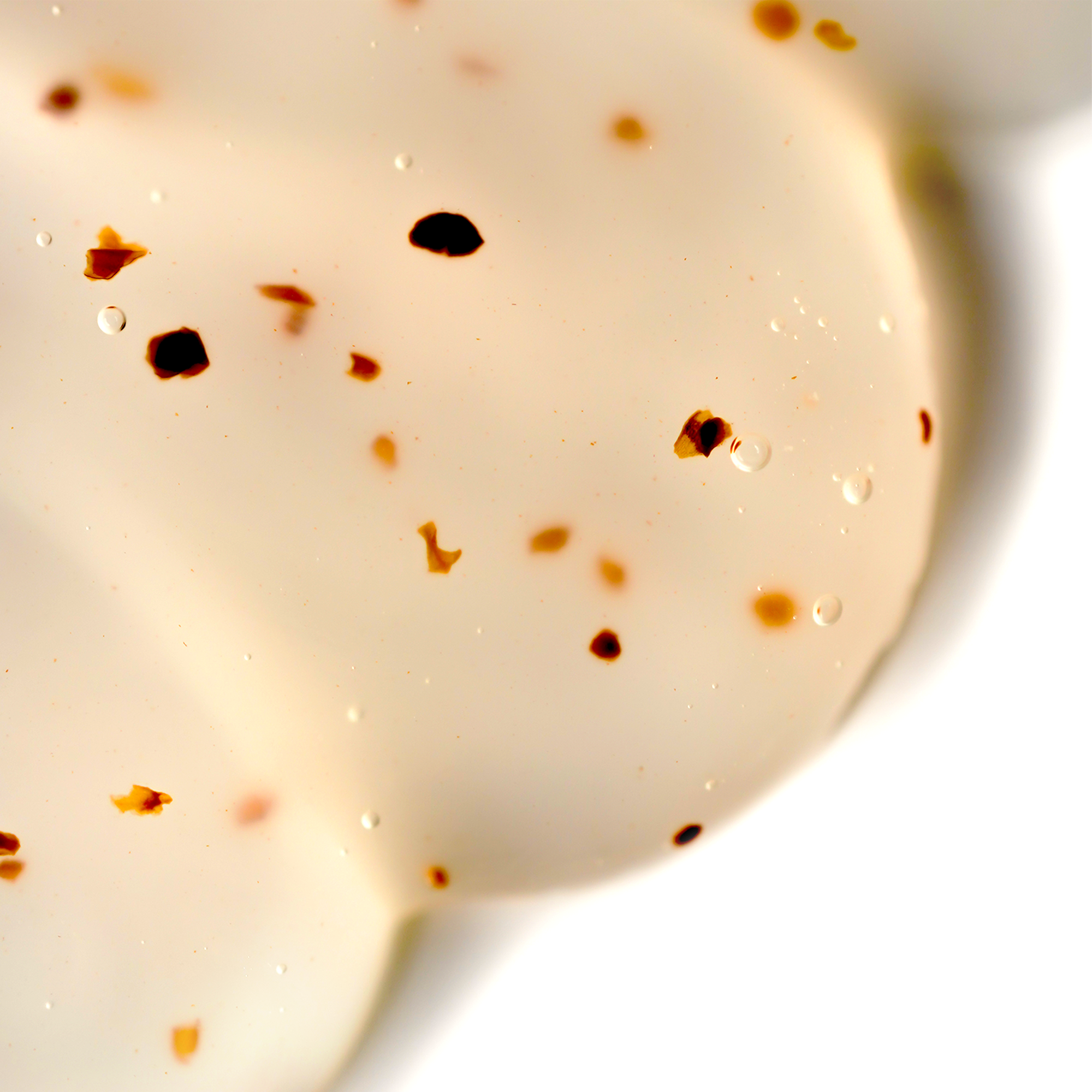How does micellar water work?
Micellar water is everywhere in bathrooms. However, even if it can be useful in certain situations, its formulation and method of application make it a product that can become aggressive for the skin. In fact, we often use cotton pads (and not always reusable ones) to apply it, which can create micro-lesions on the surface of the skin. In addition, it contains surfactants - cleaning agents - and therefore it is really best to rinse it.
How does micellar water work?
Micellar water works thanks to a mechanism based on micelles, aggregates of surfactant molecules. Basically: When surfactants, also known as surfactants, are added to water, they organize themselves into structures called micelles. Micelles are made up of molecules that have a hydrophilic head (which likes water) and a lipophilic tail (which likes lipids or fats), hence the fact that micellar water can remove most impurities.
Why can it become aggressive for the skin?
As explained above, micellar water can be a quick and relatively effective solution in certain conditions (for example if you do not have access to a water source). However, its daily use is not at all ideal because it is a very aggressive and stripping product which will not leave the skin supple and comfortable. In addition, it does not guarantee optimal cleaning since it mainly cleans the surface. Furthermore, we also tend to rub the cotton pads relatively hard on our skin to remove all the residue and this is doubly damaging to the skin. Finally, as it contains cleansing agents, if it is not rinsed, it can promote dehydration and imbalance of the skin. Take the test: when you shake your micellar water, it forms bubbles like soap!
How to properly clean your face then?
The best cleansing is double cleansing with a cleansing oil and a cleansing jelly (or a cleansing milk). For what ? Well because its two products have two very distinct functions:
- Make-up remover oil helps eliminate all so-called lipophilic residues - which are "oily" - such as make-up, sun filters, sebum... It acts like a magnet since "fat" attracts "fat". On contact with water, it transforms into milk which allows it to be rinsed effectively,
- Cleansing jelly or cleansing milk allows you to complete the cleaning. It in turn eliminates the last hydrophilic residues - those which are watery - such as perspiration, dust, etc. It also helps rebalance the skin, particularly if it contains soothing and calming active ingredients.
Not only do these two stages complement each other perfectly but above all; they do not attack the skin. Both are used without cotton - which avoids unnecessarily attacking the skin. Their complementary textures leave the skin comfortable and supple, without tightness. Try it, I promise you will see that your skin has never been so beautiful and you will never go back!
